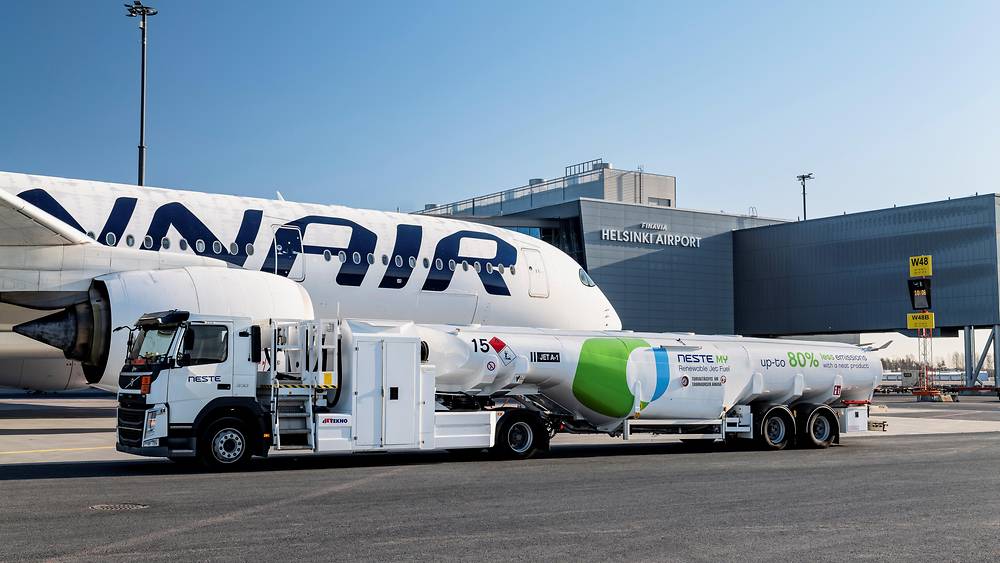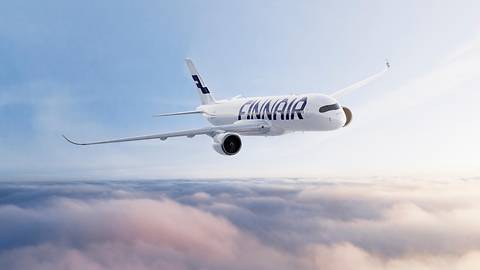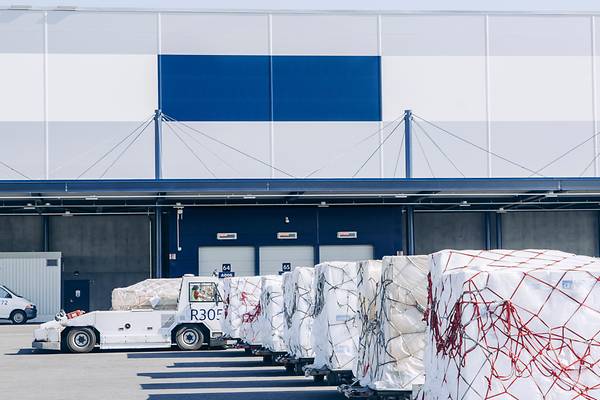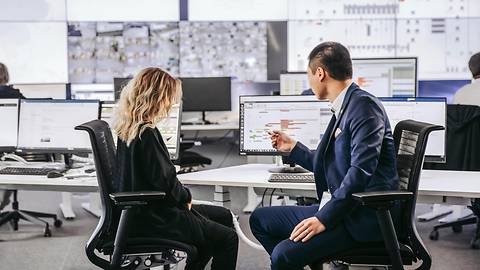Environmental sustainability


Our goals
To ensure our customers can continue to benefit from the social and economic benefits of flying, we are committed to reducing the fossil carbon emissions from flying.
Finnair has set a science-based climate target to improve its emissions efficiency. We are taking action through increasing the use of sustainable aviation fuel (SAF), operational improvements, network optimisation and maintaining our fleet as fuel-efficient as possible.
Beyond climate action, we address also other environmental, social and governance aspects of our operations. Our governance practices support transparency and ethical decision-making, while we also foster a healthy work environment, equal opportunities and continuous learning for our employees.


Modern fleet
Majority of our long-haul flights are operated with our fuel-efficient Airbus A359 aircraft, with
- lightweight material airframe
- latest generation engines
- adaptive wing-shape technology
- highly integrated systems
- decreasing fuel burn - producing 25% less carbon emissions compared to A330


COOL Cargo Hub design
Our Helsinki Hub, the COOL Cargo Hub, opened in 2018, was designed keeping sustainability in mind. Building design is a factor, but in the long run the everyday operational energy-saving measures are important.
The BREEAM (Building Research Establishment Environmental Assessment Method) certified terminal features:
- 2,990 solar panels provide ~37% of the terminal's energy use - read more: Upgraded solar plant
- Operational efficiency measures include automated warehousing and storage area, truck yard management system and automated guidance systems to minimise energy consumption at premises
- Waste management to optimise recycling and re-use of wrapping materials


Eliminating waste from operations
- Lean processes combined with technology lead to smooth and sustainable cargo service.
- Technology can bring numerous data points together but active collaboration between all stakeholders in the transport chain is needed as well.
- Sustainable approaches contribute to customer experience too.
What we are working on
In our operations, the materials we consume and utilize have also an impact on our environmental footprint. At Finnair, we have set a company-wide target for Circular Economy: 100% Material Management. Our Circular Economy implementation objective focuses on the materials of industrial sectors that use the most resources and where the potential for circularity is high. These sectors include plastics, packaging, textiles & fibres, electronics & ICT, batteries & vehicles, and construction & buildings.
We aim to ensure that all waste from our operations ending at our Helsinki hub is re-used either as energy, heat, biogas, manure, or material, with zero waste ending up in landfills.
Our key actions for more sustainable material management are:
- We include circular economy design principles in all operations.
- We focus on reducing waste and strive to turn waste streams into material streams for use in other industries.
- Plastics:
- Gradually substituting single-use plastics, recycling, paying attention also on microplastics, and biobased and biodegradable plastics.
- Wood:
- Reuse, recycling and reduction.
- Cardboard:
- Recycling.
- Nets and straps
- Reuse, repair, recycling - under investigation.
- Plastics:
Read more about Environmental sustainability at Finnair | Finnair